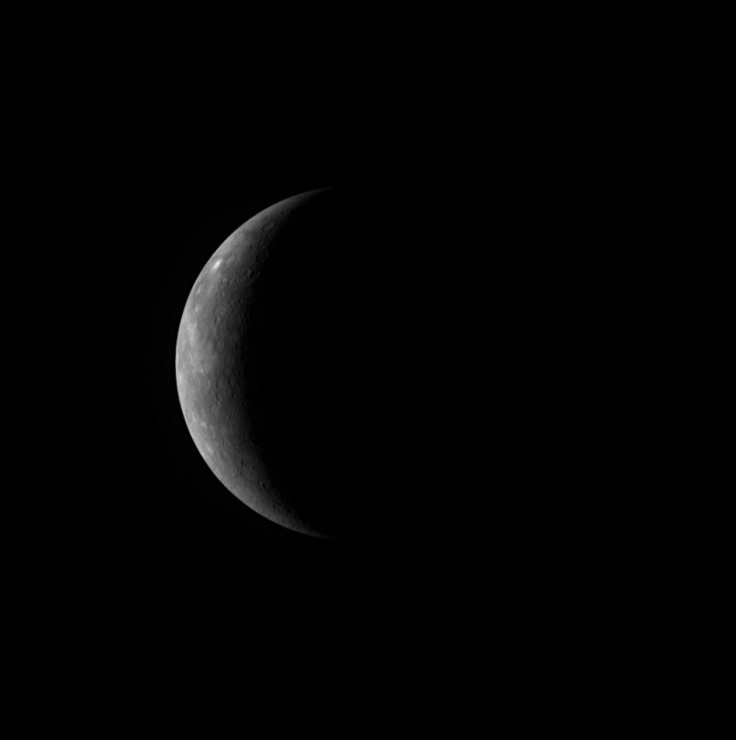NASA To Name Craters On Mercury

Contrary to popular belief, NASA doesn't launch only rockets and spacecraft, it also launches fun competitions! Officials at NASA have set up a competition to help find names for craters on the surface of Mercury. This competition is in honour of the Messenger spacecraft that NASA launched a decade ago, its mission: to orbit Mercury.
The Messenger seems to be in the last leg of its decade-long journey. NASA officials have reported that the Messenger required regular boosts to ensure that there were no accidental collisions in its orbit. However, the spacecraft is now reported to have enough fuel for one last boost. Scientists opine that the boost is due on Jan 21 and should help keep the Messenger active until around March.
The competition arranged by NASA to help name five craters on Mercury is slated to close on Jan 15. The parameters laid down are simple; the names suggested should be limited to those of posthumous fame. The names provided should be of those who have made significant contributions to the field of arts and humanities, have been recognised widely for the past 50 years or so, and have been dead for at least three years or more.
Incidentally, the Messenger has collected and sent over a quarter of a million images of the planet. The five craters that have been selected to be named have been analysed from the many images sent by the spacecraft. In addition, the Messenger has also collected data that has revealed that Mercury, not unlike the Earth, experiences regular meteor showers. However, other data from the spacecraft suggests that the atmospheric pressure in the planet is far too thin when compared to Earth.
Coincidentally, the Messenger is not only spacecraft sent on an orbiting mission that is nearing its demise. The Venus Express, launched by the European Space Agency is also reported to be currently out of fuel. Although the future demise of both spacecraft brings an end to the separate missions, the data recovered, may take mankind one step closer to understanding how the universe came to exist.





















